Battery Recycling
The rechargeable lithium-ion batteries are indispensable in everyday life today. They can be found in many areas of daily life, whether in the household, in consumer electronics or in electromobility.
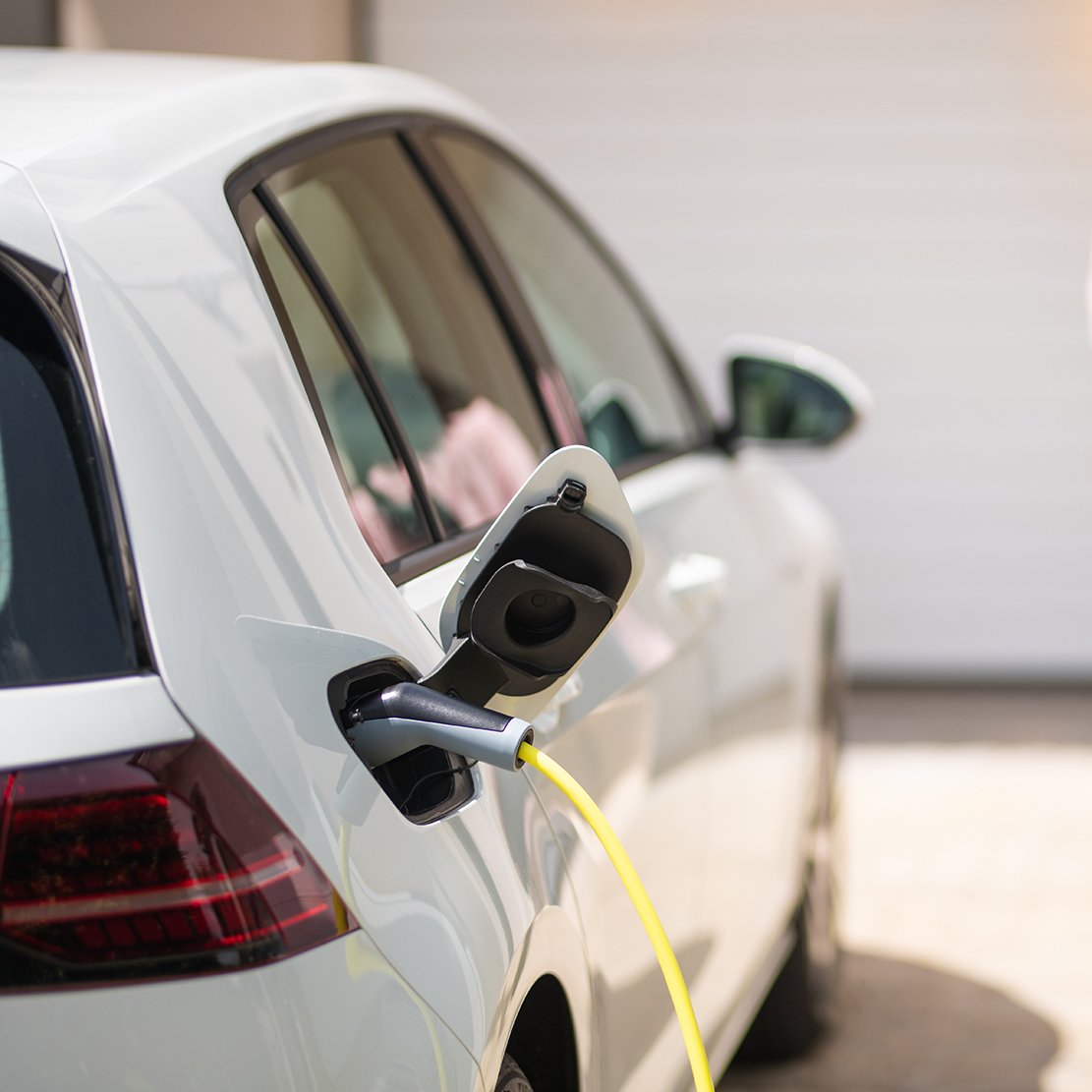
Electromobility
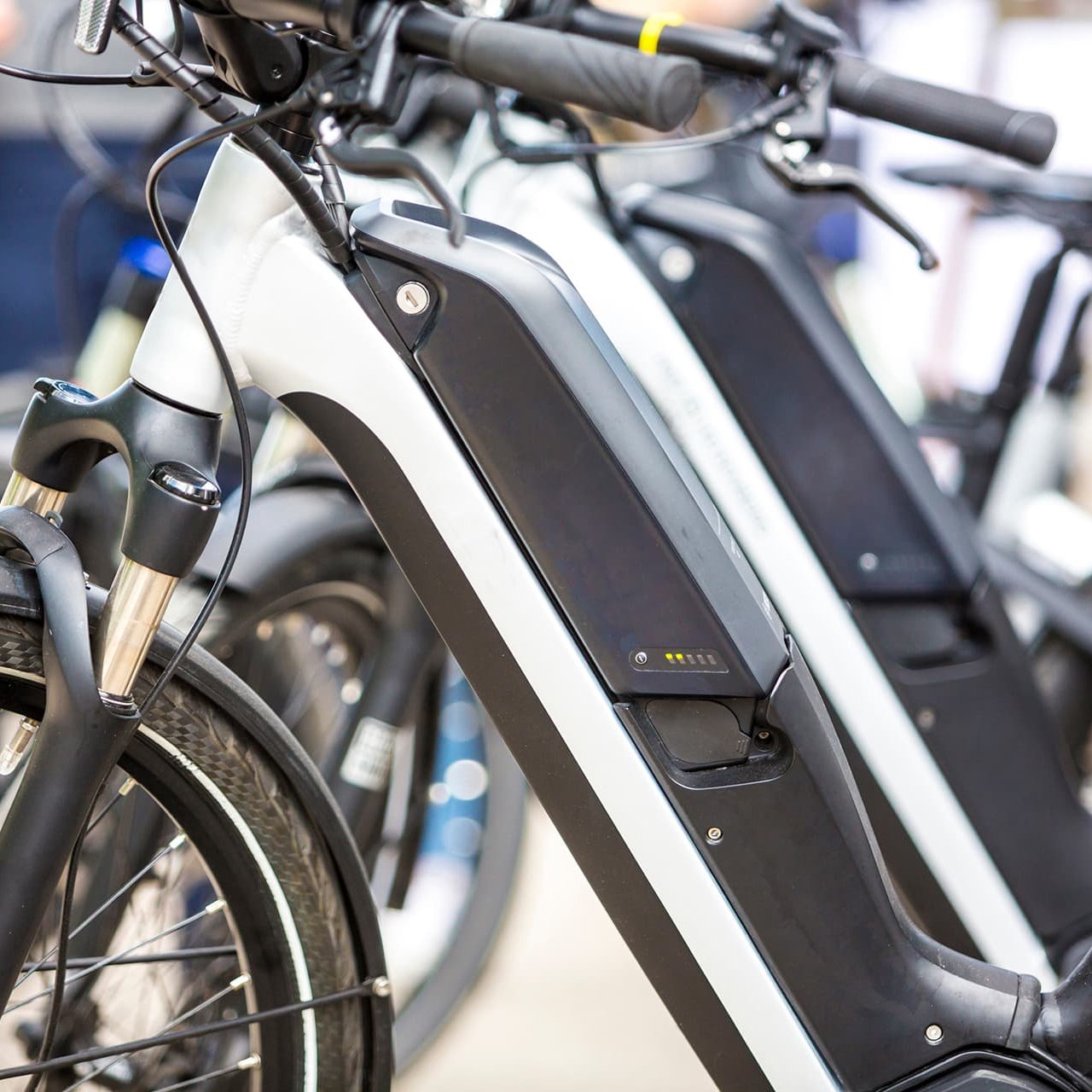
Pedelecs/E-Bikes

Portables
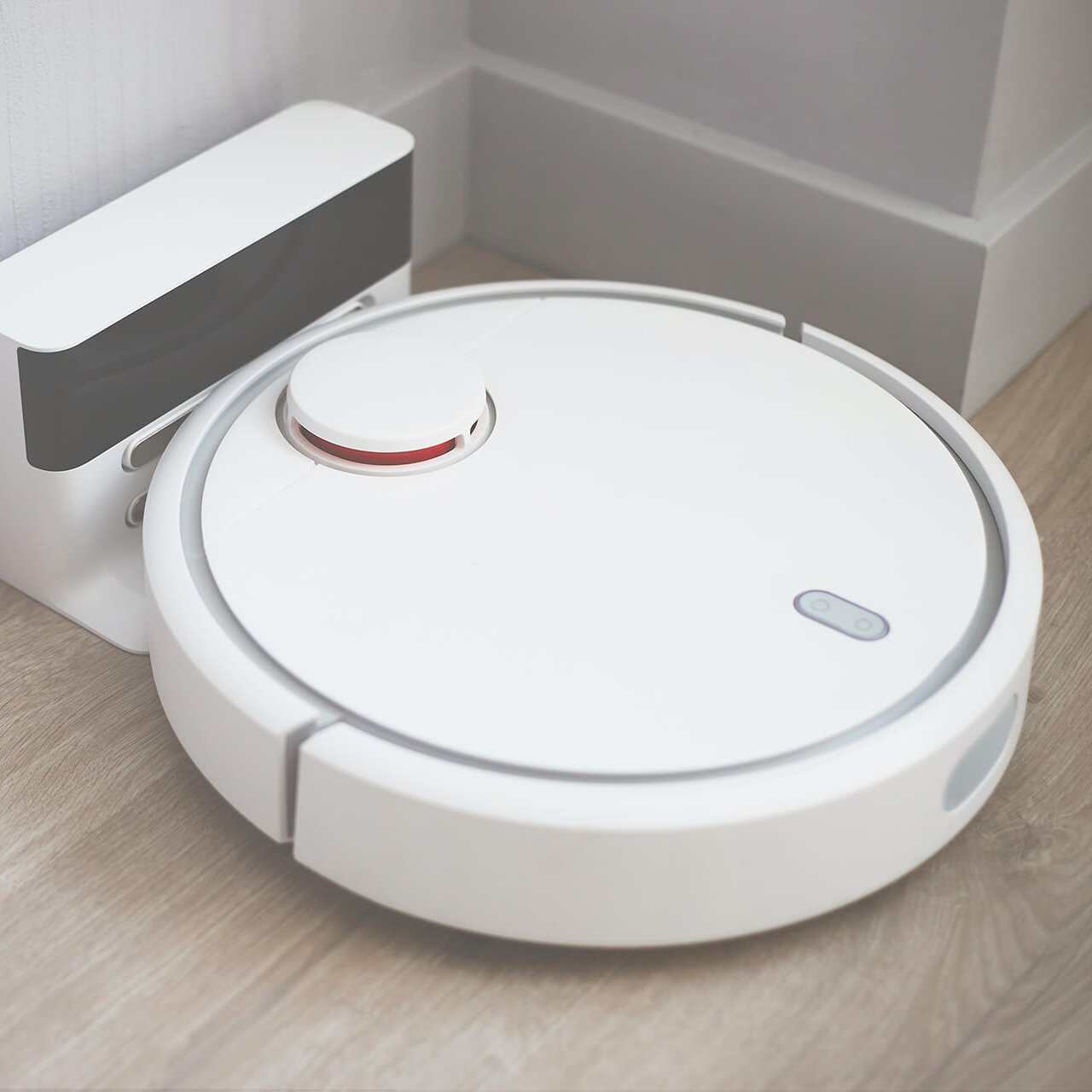
Household electronics
Procedure
With the recycling plant at the site in Wernberg-Köblitz, we take over the complete recycling of lithium-ion batteries.
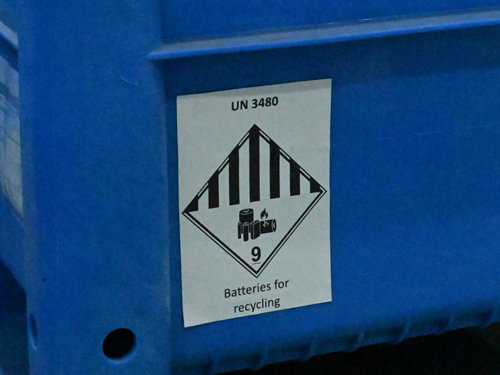
Receipt
We will take care of your batteries directly at the point of production. We are mobile and independent of the infrastructure.
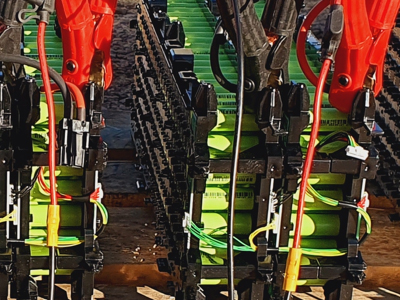
Utilization
First, the lithium-ion batteries are discharged. The energy obtained in this step is fed directly into the in-house grid.

Dismantling
This is to be done with the professional dismantling of the lithium batteries into the individual components with the highest demands on the purity of the materials.
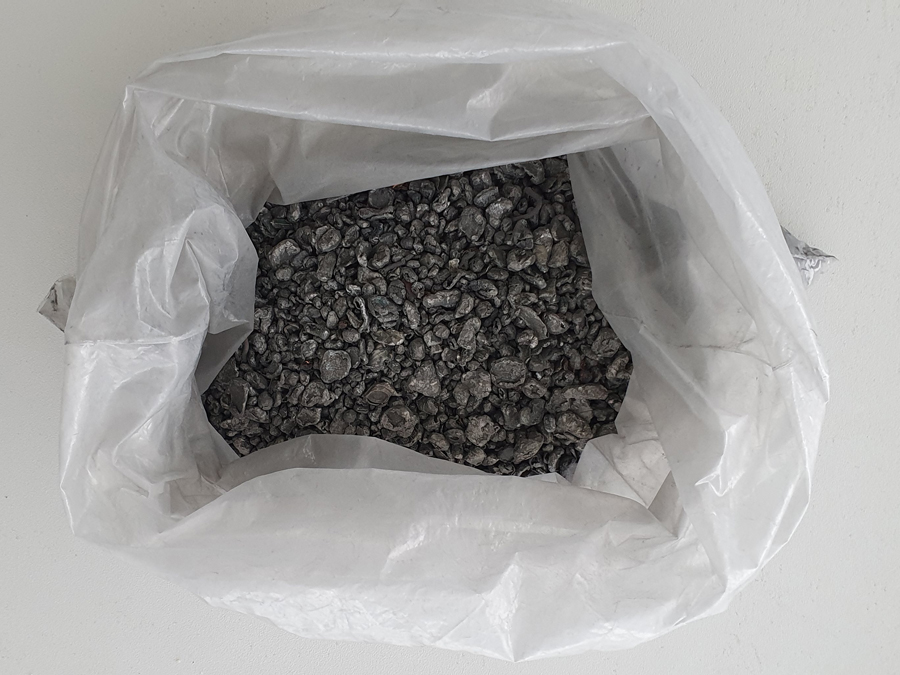
Recycling
Almost all components of the batteries can be recycled. Smaller, non-recyclable parts are properly disposed of or reused in accordance with circulation economic and waste laws (KrW-/AbfG).
Useful Information
How does electric car battery recycling work?
How does electric car battery recycling work?
In the menu item Battery Recycling we describe the recycling process. These are the steps needed to reprocess an electric car battery:
Step 1: Discharge
The battery is completely discharged after testing, if necessary. Our employees are trained to work with high-voltage voltages for this purpose. The energy is used directly in the operating network.
Step 2: Disassembly
The housings are disassembled by hand and the components are pre-sorted according to plastics, metals, and electrical components.
Step 3: Mechanical preparation
Shredding of the modules into a granulate, which is separated again into aluminum, copper, and plastics via a sorting system (filters, sieves, magnets).
Step 4: Separation of the Black Mass
The remains, a dark powder, is called black mass and contains graphite and the valuable raw materials lithium, manganese, cobalt, and nickel. By means of a so-called hydrometallurgical process, these valuable substances can be separated in an acid bath and then returned to the production cycle as pure individual substances (e.g., for new lithium-ion batteries in electric cars).
What is the difference between an accumulator and a battery?
What is the difference between an accumulator and a battery?
The term "battery" is often used as a generic term for various electrochemical energy storage systems.
Strictly spoken, there are primary batteries that cannot be recharged, these are also called disposable batteries (alkaline batteries).
But there are also the rechargeable secondary batteries, which are also called "battery" (accumulator).
Despite this distinction, we mainly use the general term battery on our website.
How are lithium-ion batteries transported safely?
How are lithium-ion batteries transported safely?
When transporting lithium-ion batteries, important safety regulations must be observed, depending on their nature and condition. Especially if they are damaged, the safely packed transport as dangerous goods is important and mandatory so that no dangerous fires occur.
Intact and undamaged batteries may only be packed, stored, and transported in packaging units approved for dangerous goods. Cells and modules, if they are no longer permanently installed in the battery, they must also be protected against short circuits.
Damaged batteries must be marked as such, even if they are still safe for transport. Make sure that each cell, module, or battery is individually packed. The packaging must comply with specifications regarding weight and quality (dense inner and outer packaging; ventilation possibility; Coating in non-combustible thermal insulation material).
Damaged critical batteries, where there is a risk of a dangerous reaction and are therefore classified as not safe for transport, apply even stricter regulations. For maximum safety, specially approved transport crates must be used, and the transport vehicle must also meet the necessary requirements.
For the correct classification and the necessary equipment, we have appropriately trained personnel to assist you with transport. Get in touch with us, we will be happy to advise you.

Our Aspiration
The increasing demand for products with lithium-ion batteries is increasing the burden on our planet. While the industry is making more and more progress in the development and production of batteries, there has been no one who has dealt with their sustainable recycling.
ROTH International is your partner for holistic recycling of all devices with lithium-ion batteries.
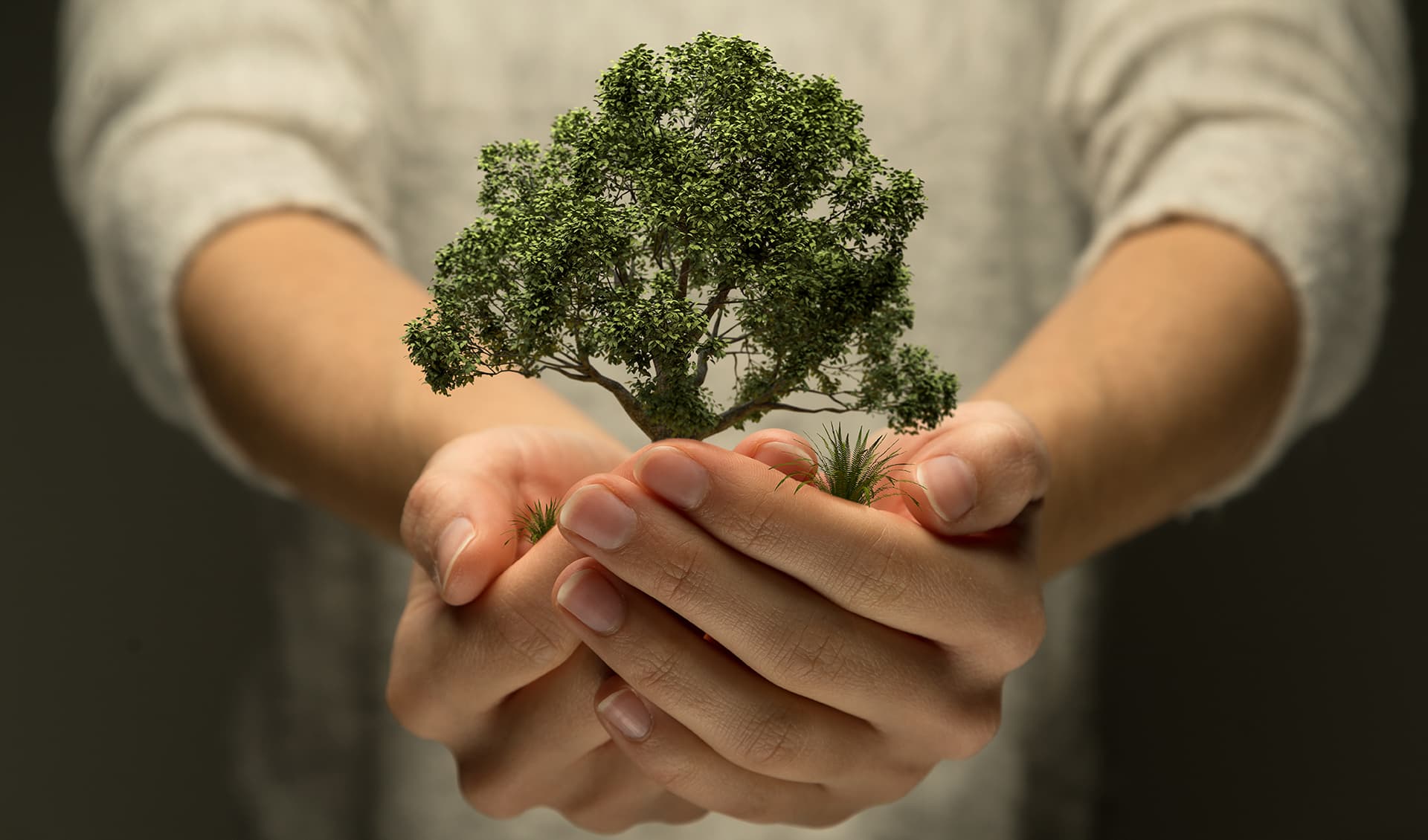
Sustainability
Why waste valuable resources while polluting nature and the climate when there are solutions for recycling and reuse? We want to move away from the throwaway society towards a "zero waste" society in which all usable raw materials are returned to the economic cycle.
With our research and the development of new processes for the disposal of lithium batteries, ROTH makes an important contribution in the field of lithium recycling. For the love of the environment and because it just makes sense.
Clicking the button loads content from Google Maps. Cookies may be stored in the process.
Load mapCentral warehouse and administration
Weidachstraße 3
92533 Wernberg-Köblitz
Germany
![[Translate to English:] ROTH: Lithium-Ionen-Batterien recyceln](/fileadmin/_processed_/1/8/csm_Umweltschonendes_Recycling_411495a9d0.jpg)